Rare Rides: The 1977 TVR 2500M, Continuing a Theme (Part I)

Recently, Rare Rides featured its first-ever TVR, a wedge from the decade or so where all of TVR’s offerings were variations on the same doorstop shape. The 2500M predated wedge design and thus maintained a more traditional British roadster shape. In Part I of this two-part series, we’ll cover the humble beginnings of TVR’s M Series cars.
Leading into the 1970s, TVR suffered from a lean model lineup. The company offered just two models: An entry-level Vixen powered by inline-four and six-cylinder engines and, for customers desiring more power, there were V6 and V8 coupes nearly identical to the Vixen called Tuscan.
Realizing both cars needed replacement, the company’s management set to work on a new offering. Sort of. The format of the new TVR would be the same as all the others: Front-engine, rear-drive, and in either roadster or coupe format. Using fiberglass and a body-on-frame construction, the new car shared its chassis with the outgoing Vixen and Tuscan. Body shells were reworked and lengthened in profile compared to the stumpy outgoing designs.
The new “M Series” entered production in 1972. First of the bunch was the 2500M, which utilized a 2.5-liter inline-six borrowed from Triumph. It was joined at various times by the 1600M (Ford Kent 1.6 I4, from Fiesta) and the 3000M (Ford Essex 3.0 V6). Between 1972 and 1979, TVR made many changes, adjustments, and variations to its builds. Often, M Series cars were completed with whichever components fell easily to hand, so among the same series of cars mechanical and trim components could vary. Late in production there was also a 3000S — similar to a 3000M, but available only in convertible form. More on that next time.
Given the importance of the United States to TVR’s balance sheet, the choice to use a Triumph inline-six for the 2500M was an easy one. That engine came straight from the TR6, and had already been certified under U.S. emissions regulations. Though the 2500M remained on sale in the U.S. market, it was dropped in the UK by 1973 as the V6 3000M had much better performance. Due to the design of the 2500M, the TR6 engine would overheat at high revs or in traffic situations. Vents along the fenders were supposed to help cool the engine, but proved ineffective. So TVR said “Eh, whatever,” and eliminated them.
Despite being a bit hot under the collar, the fortunes of TVR’s M were going fairly well. But semi-smooth sailing didn’t last long. In Part II, we’ll learn about the variety of factors which converged from multiple angles to end the M Series cars.
[Images: seller]

Interested in lots of cars and their various historical contexts. Started writing articles for TTAC in late 2016, when my first posts were QOTDs. From there I started a few new series like Rare Rides, Buy/Drive/Burn, Abandoned History, and most recently Rare Rides Icons. Operating from a home base in Cincinnati, Ohio, a relative auto journalist dead zone. Many of my articles are prompted by something I'll see on social media that sparks my interest and causes me to research. Finding articles and information from the early days of the internet and beyond that covers the little details lost to time: trim packages, color and wheel choices, interior fabrics. Beyond those, I'm fascinated by automotive industry experiments, both failures and successes. Lately I've taken an interest in AI, and generating "what if" type images for car models long dead. Reincarnating a modern Toyota Paseo, Lincoln Mark IX, or Isuzu Trooper through a text prompt is fun. Fun to post them on Twitter too, and watch people overreact. To that end, the social media I use most is Twitter, @CoreyLewis86. I also contribute pieces for Forbes Wheels and Forbes Home.
More by Corey Lewis
Latest Car Reviews
Read moreLatest Product Reviews
Read moreRecent Comments
- ToolGuy There was a time when in a place called America there were roads, and they were paved, and they were paved smoothly enough for a vehicle like this. Perhaps our next President will bring back that concept.
- ToolGuy I suppose I will listen before commenting. (TG, what a fair-minded dude!)
- ToolGuy "The technology is much more advanced to be better than a role model driver,”• Do any of you know what a "role model driver" is? No, I guess you wouldn't. 😉
- ToolGuy I might be Batman.
- Lou_BC Well, I'd be impressed if this was in a ZR2. LOL





















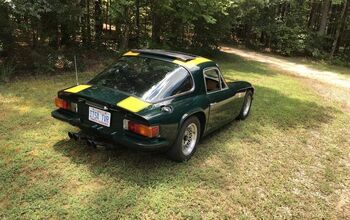

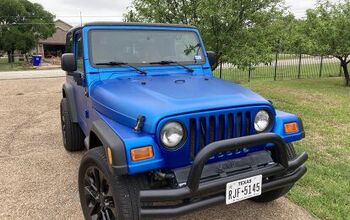
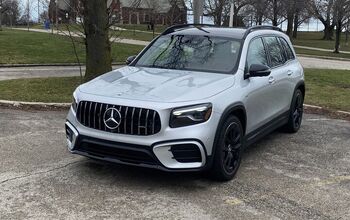





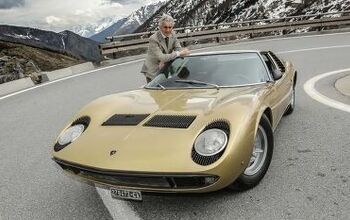
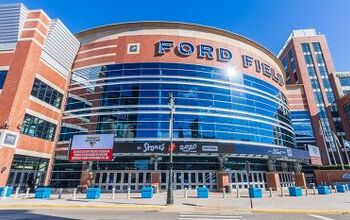

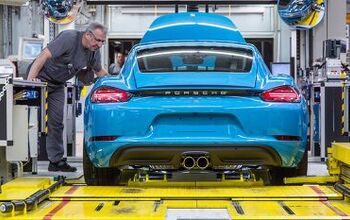


Comments
Join the conversation
I saw a really nice Triumph GT6 in traffic yesterday, which is something of a relative to this car. I think the hairiest TVRs of them all were the Griffith 400s assembled by a New York car dealer during the '60s.
The Cerbera Speed 12 would have been hairy too. the one street legal car was tested by a Euro mag. "We had issues with wheel spin at 150mph".